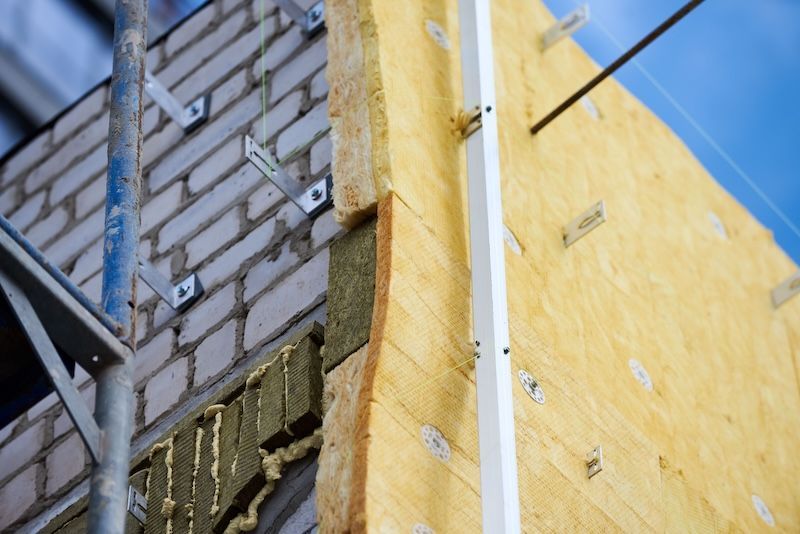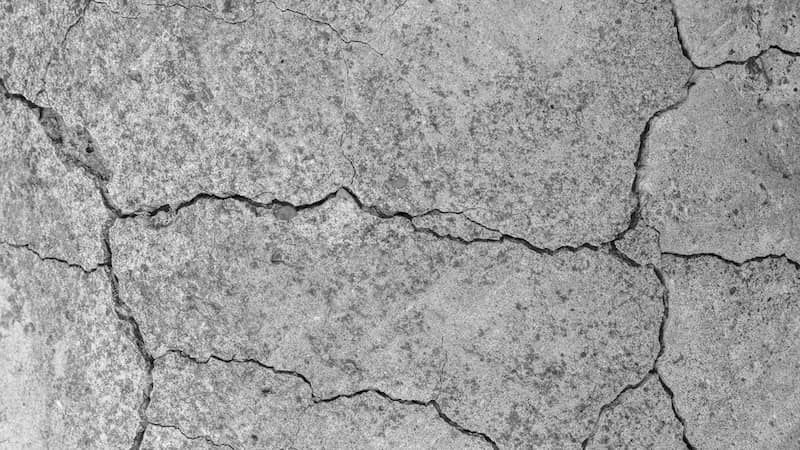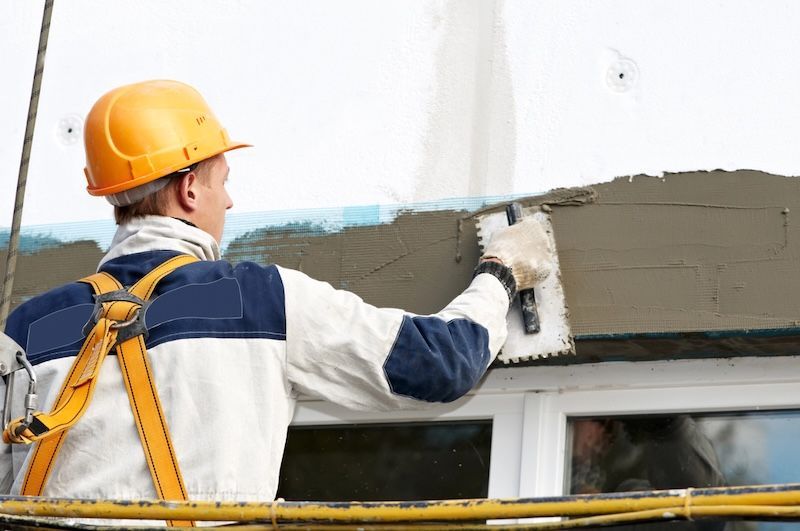EIFS Repair Guide: How to Fix Cracks, Bulges, and Water Damage
EIFS, or Exterior Insulation and Finish Systems, are used to make homes look great and stay better insulated. They help lower energy bills and improve how your house looks from the outside. But if they're not installed right or aren’t maintained well, they can trap moisture inside the walls.
You might start to see cracks, peeling paint, or strange bumps on your walls. These are signs that water has gotten inside. If ignored, this can cause serious damage and expensive repairs later. In this guide, we’ll explain what causes these problems and how EIFS repair can help you fix them early—before they get worse.
Whether you're a homeowner or property manager, understanding EIFS repair can save you from major headaches and help you protect your home’s structural integrity.
What Is EIFS and Why Is It Prone to Damage?
EIFS, or Exterior Insulation and Finish Systems, is a synthetic stucco system made up of multiple layers, including insulation board, base coat, fiberglass mesh, and finish coat. It offers excellent weather resistance and insulation, but only if properly installed and maintained.
Key Factors That Lead to EIFS Damage:
- Improper installation: Failing to follow manufacturer guidelines often leads to water entry behind the EIFS.
- Lack of proper drainage: Barrier EIFS systems without drainage planes can trap moisture.
- Damaged or missing caulking joints: These let water infiltrate the wall cavity.
- Building movement: Shifting foundations can crack the EIFS surface.
Over time, trapped moisture leads to mold growth, peeling paint, and even structural damage. Regular inspections and prompt EIFS repairs can help catch problems early.
How to Spot EIFS Damage: Visual Inspection Tips
You don’t need to be a professional contractor to notice early signs of EIFS failure. A simple visual inspection can reveal hidden issues.
Look for These Visible Signs:
- Cracks on the EIFS surface
- Bulging or soft spots
- Peeling paint or bubbling finish
- Mold growth near windows or base of walls
- Water stains around roof flashing
Use a moisture meter to check for high moisture content behind the EIFS. Consistent readings can indicate moisture infiltration or trapped moisture behind the insulation board.
Step-by-Step EIFS Repair Process
Repairing EIFS might seem complex, but breaking it into steps makes it more manageable. The key is addressing the root cause of the issue—usually moisture intrusion—while restoring the system's performance and appearance.
1. Assess the Damage
Start by conducting a thorough inspection of all EIFS areas. Check caulking joints, flashing, and the base of walls for water intrusion. Use manufacturer guidelines to compare your EIFS system with current best practices.
2. Remove Damaged EIFS Layers
Cut out the damaged EIFS layers until you reach solid material. This may include the finish coat, fiberglass mesh, and base coat.
3. Dry and Repair the Underlying Structure
Check the sheathing and underlying structure for moisture damage. Damaged sheathing should be replaced to restore structural integrity. Let all wet materials dry completely before proceeding.
4. Install New EIFS Layers
Apply spray foam insulation or new insulation board. Then apply a base coat with embedded fiberglass mesh, followed by a finish system designed for moisture resistance. Make sure you follow EIFS manufacturers' recommendations.
5. Seal All Joints Properly
Apply high-quality caulking to all window and door openings, and ensure proper sealing around roof flashing and trim. Poorly sealed areas are a major source of water entry.
Preventing Future Moisture Problems
Repairing EIFS is only half the battle. Preventing future issues is critical to maintaining energy efficiency and avoiding costly repairs down the road.
Best Practices for Prevention:
- Use drainage systems in all new EIFS installations.
- Install interior vapor barriers to prevent condensation buildup.
- Conduct regular inspections for visible signs of moisture issues.
- Follow local building codes and manufacturer guidelines.
- Hire professional contractors who specialize in repairing EIFS.
A properly installed and maintained EIFS system can significantly reduce energy loss, protect your building envelope, and enhance long-term durability.
EIFS Repair vs. Traditional Stucco: Which Is Better?
Both EIFS and traditional stucco have their pros and cons, but EIFS offers superior insulation and can be more energy efficient. However, EIFS is more sensitive to improper installation and hidden moisture problems.
| Feature | EIFS | Traditional Stucco |
|---|---|---|
| Energy Efficiency | High | Moderate |
| Moisture Sensitivity | High | Low |
| Weight | Lightweight | Heavy |
| Finish Options | Many | Fewer |
If you already have EIFS installed, investing in proper repairs and moisture protection can help avoid significant problems and preserve your home’s value.
Protect Your EIFS Investment
EIFS repair is more than a cosmetic fix—it's essential for protecting your home from water damage, mold, and energy loss. By understanding the early signs of failure and following the right repair process, you can restore your system's function and longevity.
If you're dealing with cracks, bulges, or signs of moisture buildup, don't wait. Get help from professionals who understand exterior insulation and finish systems. For expert EIFS repair, contact Orlando Stucco Repair Pros today and protect your home's structural integrity.
Frequently Asked Questions
How do I know if my EIFS system has moisture problems?
Visible signs like peeling paint, bulging areas, and mold growth often point to trapped moisture behind the EIFS. Use a moisture meter or consult a contractor for a visual inspection.
Can EIFS repair fix water intrusion and hidden moisture?
Yes, proper EIFS repair addresses water intrusion, repairs any structural damage, and improves drainage to prevent moisture buildup behind the exterior insulation.
What causes cracks and bulges in EIFS systems?
Cracks and bulges often result from building movement, failed sealants, or improper installation. Regular inspections and prompt repairs can prevent further damage.
Is EIFS more energy efficient than traditional stucco?
EIFS provides better energy efficiency due to the insulation board and multiple layers. However, it must be properly installed and maintained to prevent moisture penetration.
How much does EIFS repair cost?
EIFS repair costs depend on the extent of the damage, type of EIFS system, and local labor rates. Prompt repairs typically cost less than waiting until structural damage occurs.



